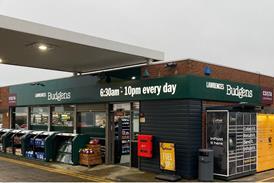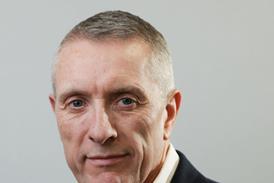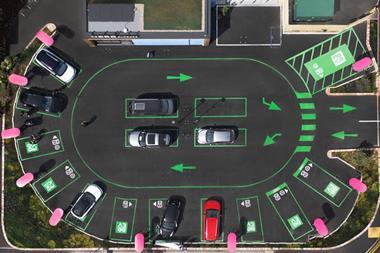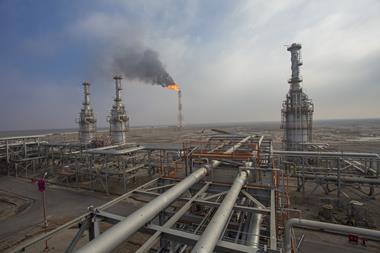
An “easy to replicate” hydrogen refuelling station has been installed at a West Sussex farm, with the station being used to regularly refuel a hydrogen fuel-cell car.
The scheme, by Engas Global, uses renewable electricity generated by the farm’s biogas-powered CHP (combined heat and power) powerplant to in-turn generate hydrogen, which is then used to run a Riversimple Rasa hydrogen fuel cell vehicle (HFCV).
Riversimple says the “containerised” system provides a one-stop-shop for hydrogen “production, compression, storage and refuelling”.
While the focus on future transport continues to revolve around electric cars, hydrogen fuel cell vehicles can remain on sale post 2035 because they produce no on-the-road exhaust fumes, so are considered zero emission.
In layman’s terms, HFCV generate electricity by passing hydrogen across a negatively charged wire mesh, which splits electrons form the hydrogen molecule, with the movement of these electrons constituting electricity. This electricity is then used to power the car, which emits only water.
As well as Riversimple, Hyundai, Honda and Toyota make production HFCV, and while these are typically offered to consumers via pilot schemes that require customer approval, the concept of has been proven to work on the road.
The chief executive of Engas Global, Amitava Roy, is running a Rasa as his everyday vehicle, filling the car at the farm’s hydrogen facility, which produces around 20kg of the gas a day.
The Rasa weighs 655kg, has a hydrogen capacity of 1.5kg at 5,000psi and can travel around 300 miles on one tank. For comparison, the Toyota Mira holds 5.6kg of hydrogen at 10,000 psi and can travel roughly 400 miles between stops, though the car weighs around 1.9 tonnes.
Commenting on his firm’s refuelling station, Roy said: “I think the idea that our hydrogen needs only to come from enormous refuelling stations in order to reach the necessary provision, is wrong. Let’s approach hydrogen like solar PVs [photovoltaic cells]: small arrays are great, and have been rolled out successfully in homes and businesses to meet varying demands”.
Riversimple says the Engas solution doesn’t have to be confined to farms, suggesting councils, ports, schools and other institutions could make use of it.
Riversimple’s founder and director, Hugo Spowers, says the station is “a viable, practical solution today”, adding: “Battery electric vehicles are great for some, but not for all – and a proper hydrogen refuelling network is what our automotive industry needs for a compelling alternative to ICE [internal combustion engine] and battery”.
Hydrogen fuel cell technology is not without issues, with the poor energy density of hydrogen requiring the gas to be highly pressurised, and the complex nature of fuel cells making HFCV expensive to produce. Some strategists maintain haulage and shipping, rather than private cars, suit hydrogen best.
Infrastructure for hydrogen transportation and storage is another sticking point, with just three refilling stations open to cars, and three for buses in the UK – an issue the Engas Global system seeks to partly address.




























